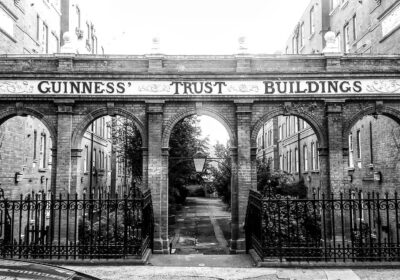I’ve mentioned before in this blog that London isn’t the only place in the UK with a serious housing shortage. I have spent part of this week working up in Cambridge. If anything, Cambridge rivals if not exceeds London in its need to secure affordable homes for its residents.
The City has motored in the last few years. Friends of mine who studied there often comment on the pace of transformation in the previous decade.
Investment follows talent. Cambridge is a study in how successful universities can harness the public and private sector to place make and deliver economic gain.
Savills calculates that Cambridge has attracted 37% more venture capital investment per capita over the past five years than Boston, its nearest global competitor. Correspondingly, office rents have increased in value by 51% with the City now home to a number of global and local HQs including Astra Zenica.
With success comes challenge. Housing growth is not easy in a historic environment wrapped by the Green Belt. The Greater Cambridge area is set to grow by up to 30% over the next 15 years lifting the population to over 300,000. To accommodate this will require infrastructure upgrades. Not just in housing, but in transport as traffic volumes rise by a forecast 40%.
The case for partnership
Fortunately, there is some real cause for optimism. First, Cambridge has got organised. The Greater Cambridge Partnership (GCP) is now established and working well with the City, County and South Cambridgeshire all participating alongside the University. Such coordination is the most effective way of delivering strategic planned growth and infrastructure. The GCP is armed with a City Deal worth £100 million to invest over the next cycle.
The management team is also strong. Rachel Stoppard the CEO is ex LB Camden deputy CEO and Stephen Kelly formerly Director of Planning at Harrow and Haringey is chief planner and brings a wealth of planning and political expertise to the role.
The Authority is also alive to past performance and is trying to improve. They have identified a significant housing short fall between 2012 and 2015 and are aiming to put this right with the City Council leading a programme of self-build worth £70 million.
National Government is also on side and the Treasury has given formal backing to a long-awaited East/West rail link bringing the Oxford and Cambridge clusters closer together. Meanwhile, Homes England is advancing on the delivery of a new town north of Cambridge, Northstowe which has already won the backing of a number of major housebuilders. The Council is also making strategic land acquisitions to enable further development over the course of the next decade.
All of this is good stuff and it could be seen as an exemplar for how partnership working can make a difference. However, the growth challenge remains and only time will tell whether the various partnerships can collectively and successfully absorb the obvious demand pressures – and of course not fall out! One thing is clear though, the partnerships being forged in Cambridge are exactly the kind of local led responses we need to see in many other parts of the country to meet the UK’s growth pressures.










